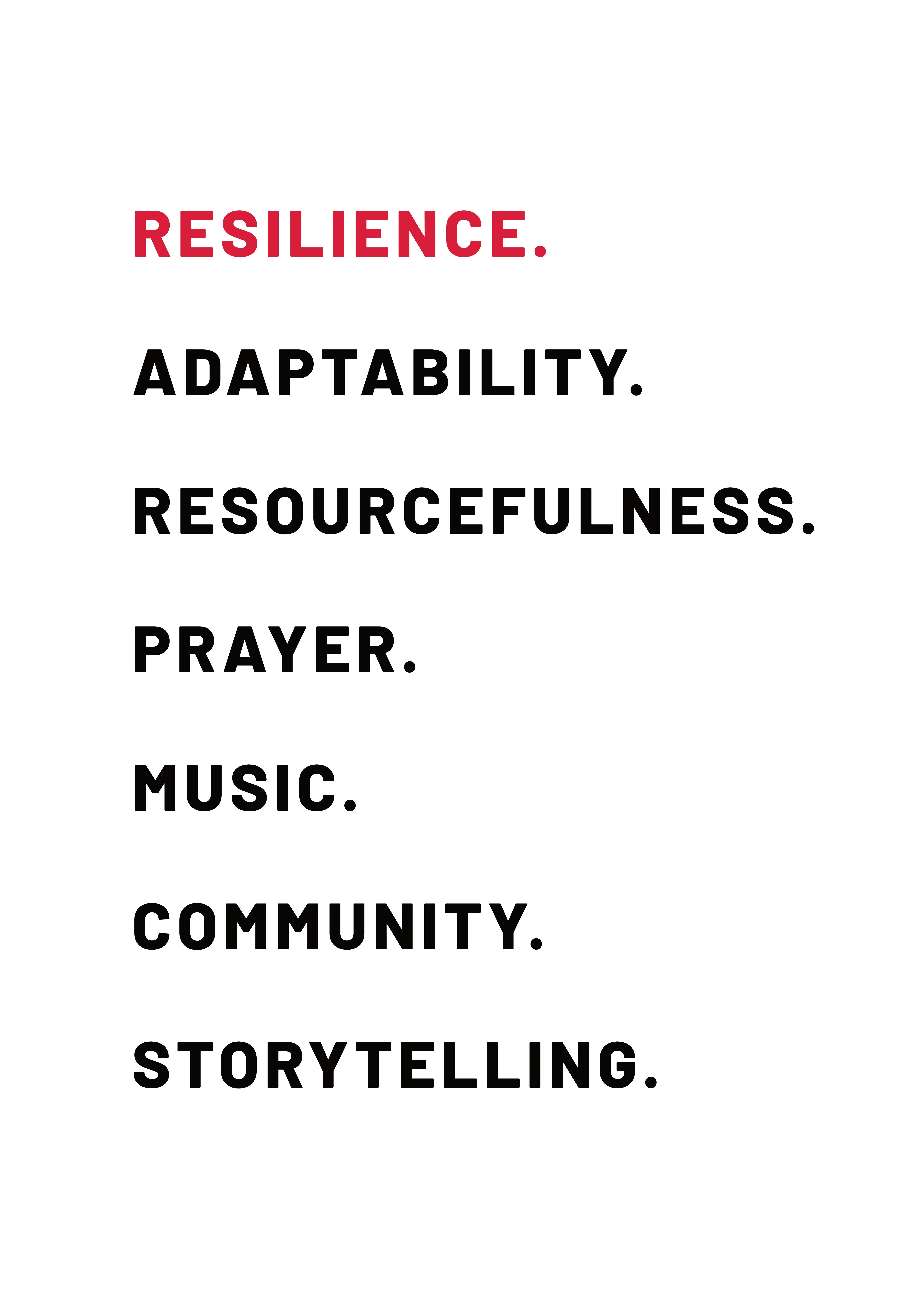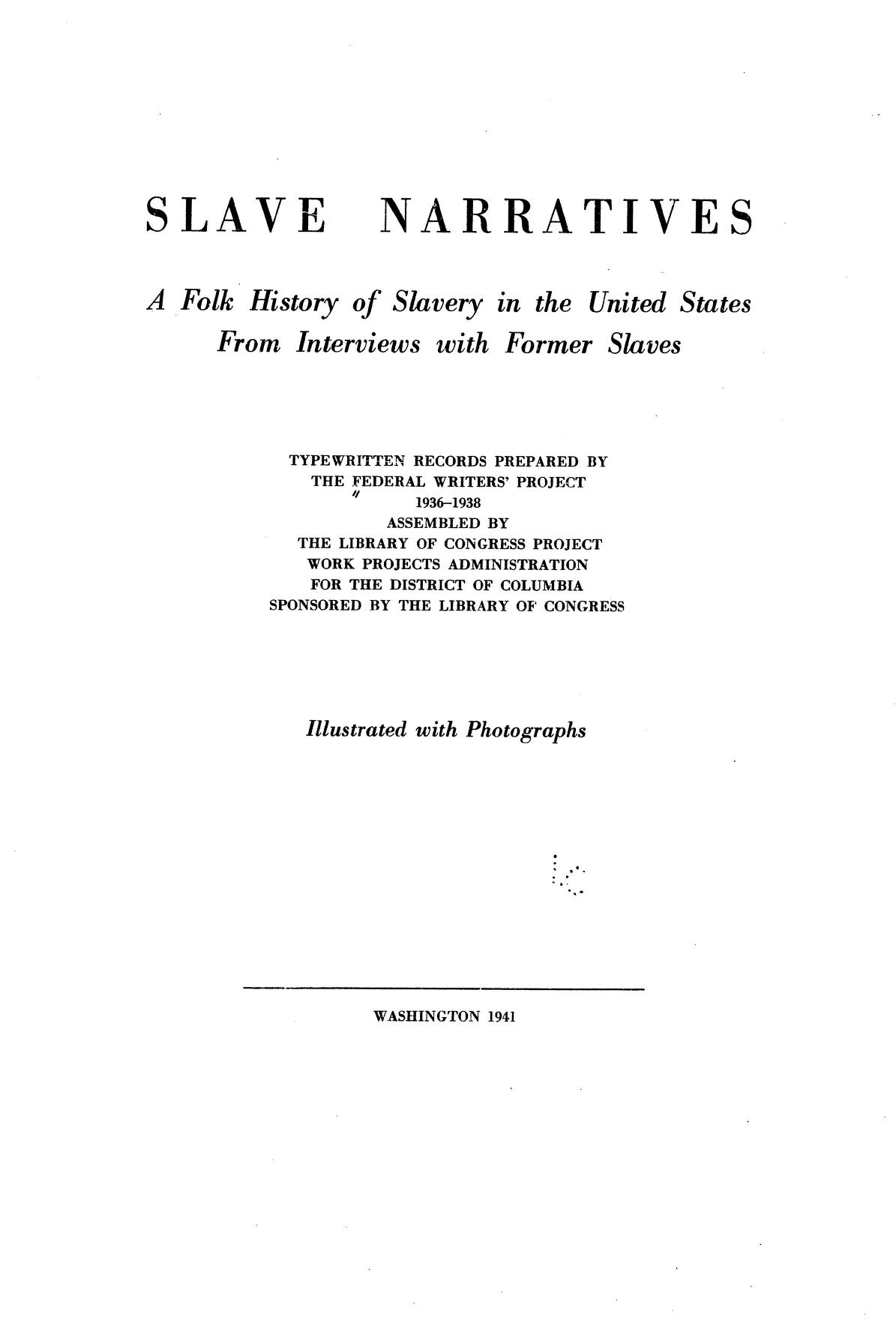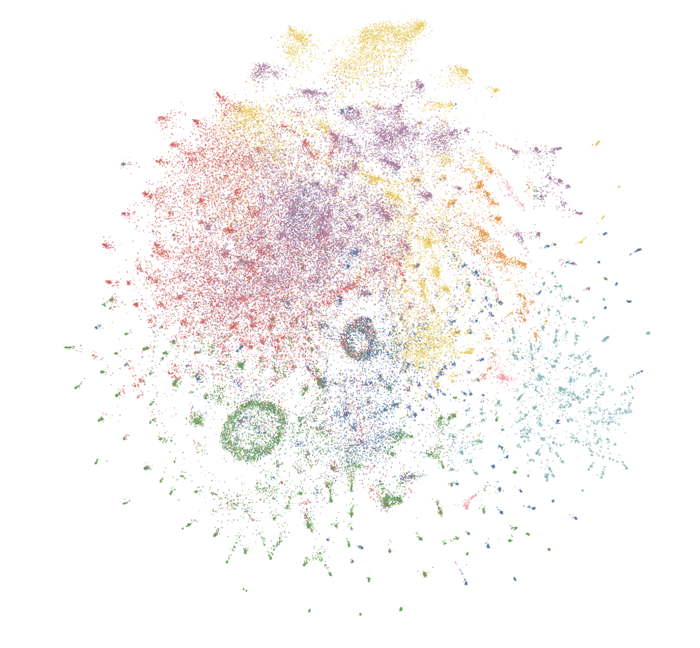Resilience
surviving the unthinkable
In the quiet moments of reflection, I found myself asking a profound question: how do we truly endure in the face of unimaginable hardship? This question has lingered with me, especially as I considered the deep well of strength that has carried generations through unthinkable struggles. I wanted to understand resilience—not just as a word but as a lived experience, as a force that sustains and empowers.
My journey led me to the stories of those who endured the brutal reality of being considered property, whose existence was reduced to laboring under the most oppressive conditions. They faced each new day with a strength that defies comprehension, surviving for hundreds of years under unimaginable circumstances. How did they keep going? How did they cope?
In search of answers, I turned to the narratives collected by the Federal Writers’ Project from 1936 to 1938, documenting the lives of those who were once enslaved. Although these accounts have been critiqued for potential biases, I revisited them with fresh eyes, looking for the threads of resilience woven through their stories.
With the help of modern technology, I analyzed these narratives—over 2.6 million words—using advanced language models. I asked not just how they survived but what strengths emerged from their experiences.
What I found was a testament to the human spirit. Resilience, adaptability, and resourcefulness stood out as key themes. These individuals developed remarkable coping strategies—prayer, storytelling, community, and music—that helped them endure and maintain their sense of self, even when the world tried to strip it away.
Resilience
Many who were enslaved demonstrated remarkable resilience in the face of physical and emotional abuse, forced labor, and family separation.
Adaptability
Many had to quickly adapt to changing circumstances, such as new owners, work assignments, or family separations.
Resourcefulness
Many developed skills to survive and thrive despite limited resources, such as finding food and shelter, making clothing from scraps, and creating tools from available materials.
These strengths are not relics of the past. They are as relevant today as they were then. Resilience, powered by adaptability, resourcefulness, and the support of community and culture, remains a source of strength in our own lives.
These timeless qualities inspired the design below. The goal is to find ways to share these essential components to celebrate the enduring strength of the human spirit. Whether through a powerful message, a symbolic design, or a tribute to the coping mechanisms that have sustained generations, it reminds us that resilience is within us all.

Credits
Hero background photo entitled "Black History" by Terry L. Radford.
Introduction background photo was generated using generative AI.

